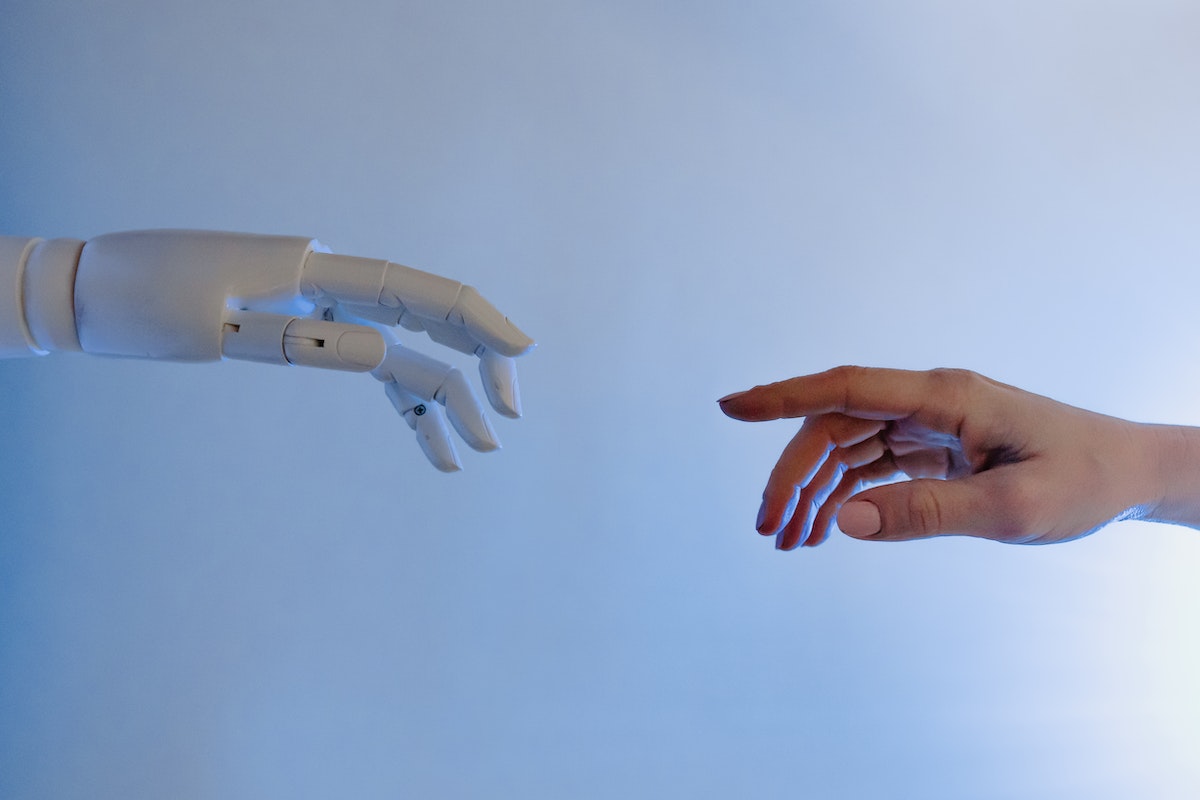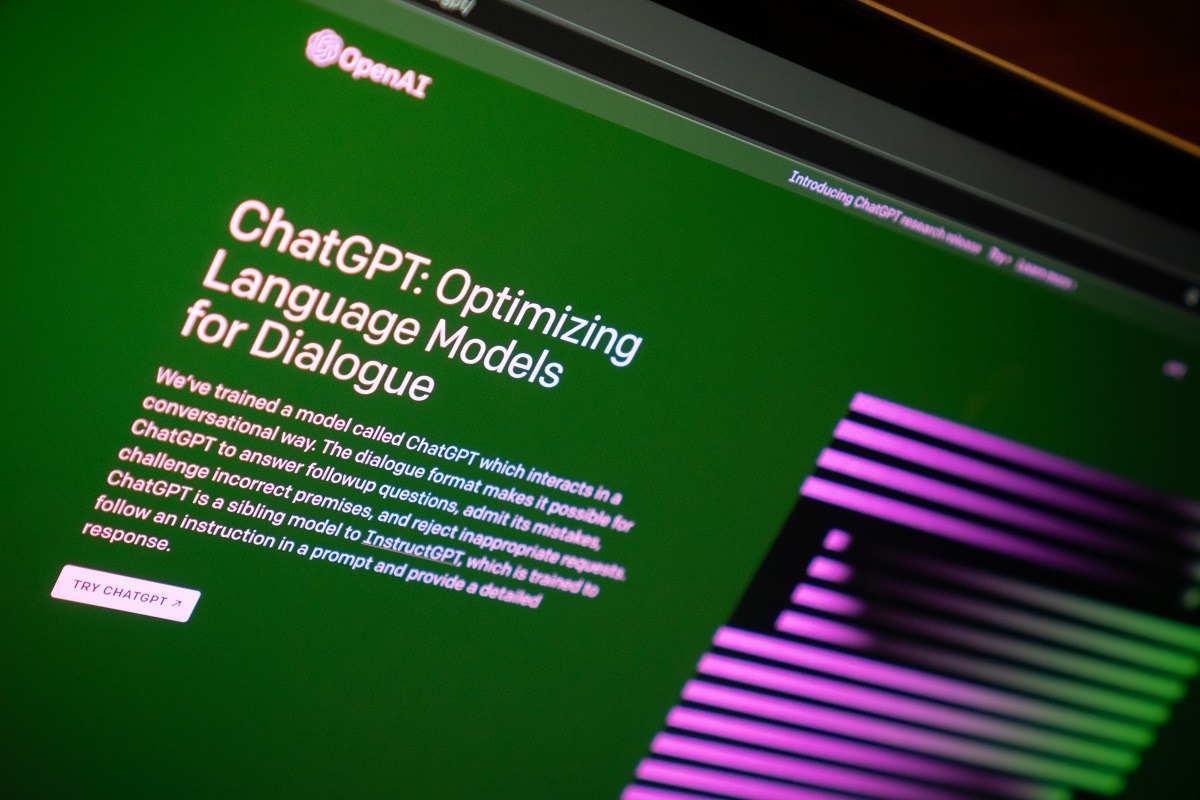It’s a pivotal moment in tech history, a turning point where the rapid evolution of AI (Artificial Intelligence) is no longer a distant prospect. It’s here, now, reshaping industries, accelerating scientific discovery, and frankly, demanding computational power unlike anything we’ve seen before. High-performance computing (HPC), now often referred to simply as “compute,” has become indispensable.
In specialized areas like digital forensics, the need for powerful and reliable systems is paramount. Organizations and law enforcement agencies rely on specialized tools and technology to recover, analyze, and present digital evidence. High-performance systems are crucial in forensic labs. From examining complex file systems to executing resource-intensive tasks like password cracking and image analysis, it’s critical to have the right hardware. To delve deeper into this specialized field, explore solutions from providers offering systems designed for these crucial applications. Click here to learn more about forensic computers and how they are used in this field.

But not just any HPC. We’re talking about *custom-built* machines, meticulously crafted to unleash the full potential of this AI revolution. This article explores how these unique machines are transforming AI and machine learning, providing the raw power necessary to train massive models, process colossal datasets, and unlock increasingly intelligent AI systems. The question is: are off-the-shelf solutions sufficient, or do we truly need the specialized capabilities of custom-built powerhouses? And, where is this cutting-edge technology already making a tangible impact?
Why AI and Machine Learning Need High-Performance Computing
It’s no longer simply about writing code; it’s about training complex algorithms on *massive* datasets. We’re talking terabytes, petabytes, even exabytes of information. This necessitates significant amounts of processing power. Consider deep learning. These intricate models, with their multiple layers of neural networks, require vast amounts of data to learn patterns, make predictions, and generate content. This translates into immense demands on processing power, memory bandwidth, and ultra-fast network speeds.
Take OpenAI’s GPT models, for instance. They process text and code scraped *from across the entire internet*. This is a feat that your average desktop computer simply cannot accomplish.
The Problem with Ready-Made Computing
So, why not simply purchase a standard computer or leverage cloud computing services? Well, general-purpose computers, while powerful for everyday tasks, often falter when faced with the sheer computational intensity of AI workloads. They frequently lack the specialized hardware and optimized configurations required to maximize performance.
What about cloud computing? While offering scalability, it isn’t always a perfect fit. Insufficient GPU (Graphics Processing Unit) or CPU power, data bottlenecks, and RAM limitations can severely hamper performance. Furthermore, high costs and latency issues can become significant drawbacks when relying on cloud-based AI solutions. Imagine a self-driving car needing to process sensor data *instantaneously*. A millisecond delay could have catastrophic consequences. This is precisely why off-the-shelf solutions often fall short.
The Benefits of Custom-Built High-Performance Computers for AI
This is where the magic truly happens: custom-built HPC. It’s not just about brute force; it’s about *optimized* power, specifically tailored for AI and ML applications. How is this achieved?
- Custom Hardware:
- GPUs, TPUs, or FPGAs: Processors are paramount. GPUs are particularly well-suited for AI due to their parallel processing capabilities, which are essential for neural network calculations. Nvidia’s RTX and Quadro series are widely adopted. TPUs (Tensor Processing Units), developed by Google, are purpose-built for machine learning, delivering significant performance gains. Then there are FPGAs (Field-Programmable Gate Arrays), which can be reconfigured to accelerate specific AI algorithms.
- Fast storage (NVMe SSDs vs. HDDs): Faster storage translates directly into faster training times. NVMe SSDs (Non-Volatile Memory express Solid State Drives) offer significantly higher speeds compared to traditional HDDs (Hard Disk Drives), enabling AI models to access data with minimal latency, leading to faster training cycles and improved results.
- Tons of RAM and a Powerful CPU: The quantity and type of RAM are critically important. AI models frequently require 128GB+ of high-speed DDR4 or DDR5 memory. The CPU (Central Processing Unit) must also be robust to handle data preprocessing tasks efficiently. AMD Threadripper and Intel Xeon processors are popular choices.
- Scalability and Upgradability: AI is a rapidly evolving field, demanding that hardware keep pace. Custom machines facilitate easy upgrades and replacements as algorithms become more complex or new hardware becomes available. This scalability is essential for long-term viability.
- Long-Term Cost Savings: While custom HPC solutions often entail a higher upfront investment, they can yield substantial long-term cost savings. Faster performance translates to quicker training times, reduced energy consumption, and enhanced productivity, ultimately lowering the total cost of ownership.
What Goes Into a Custom High-Performance Machine for AI and ML?
Selecting the right hardware is paramount. Here’s a breakdown:
- GPUs: NVIDIA’s RTX/Quadro series and AMD’s Instinct MI Series are excellent choices. Google’s TPUs are specifically engineered for TensorFlow, offering notable speedups in model training.
- CPUs: AMD’s Threadripper and Intel’s Xeon processors provide the processing power and multi-core performance required for data preprocessing and model deployment.
- Memory (RAM): A starting point of 128GB+ is advisable, but the actual requirement depends on the dataset size and model complexity. DDR4 vs. DDR5: DDR5 offers faster speeds but comes at a higher price.
- Storage: NVMe SSDs are essential for handling large datasets. Consider implementing a tiered storage system with faster NVMe drives for frequently accessed data and slower HDDs for archival storage.
- Cooling Systems: Effective cooling is critical for maintaining consistent performance. Liquid cooling provides superior heat dissipation but is more complex and expensive. Air cooling can be effective with careful planning and high-quality fans.
For large AI models, networking is also a critical consideration. High-speed Ethernet or Infiniband connections are necessary to minimize bottlenecks between GPUs and machines.

Where is Custom HPC Being Used?
Custom-built HPC is already pervasive across various sectors:
- AI Research & Deep Learning Labs: Universities and corporations are utilizing custom HPC clusters for research and to optimize AI training. This enables experimentation with larger models and more complex algorithms, leading to faster breakthroughs.
- Healthcare & Drug Discovery: AI models are analyzing vast datasets in medical imaging and pharmaceutical research, accelerating drug discovery and enabling personalized medicine. Examples include genomic data analysis, identification of drug targets, and prediction of patient responses to treatment, all powered by custom HPC systems.
- Autonomous Vehicles: Self-driving algorithms are trained using high-performance rigs for simulations, testing, and refinement of their ability to navigate complex environments. Replicating real-world driving conditions requires immense computational power.
- Financial AI & Algorithmic Trading: Custom-built machines handle financial datasets in real-time, enabling faster and more accurate trading decisions. They analyze market trends, identify arbitrage opportunities, and manage risk more effectively.
- Generative AI & Large Language Models: Tools like ChatGPT and DALL·E rely on custom HPC for training sophisticated models capable of generating realistic text, images, and other content. Without these systems, these tools would not exist.
Cloud vs. On-Premises Custom HPC for AI: Which is Best?
Is cloud-based AI computation (AWS, Google Cloud, Azure) superior, or is owning a custom HPC machine the better approach?
- The Upsides of Cloud AI:
- Flexibility & Scalability: Cloud providers offer unmatched flexibility and scalability. You can easily adjust computing resources as needed, paying only for what you consume.
- Pay-as-you-go: The pay-as-you-go model eliminates upfront costs, making it attractive for startups and smaller organizations.
- The Upsides of On-Premises Custom HPC:
- No recurring fees: Once purchased, there are no recurring fees, making it more cost-effective in the long run for sustained AI workloads.
- Data control: On-premises systems provide greater control over data privacy and security, which is crucial for handling sensitive information.
- Optimized for specific workloads: Hardware and software can be tailored to specific AI workloads, ensuring optimal performance.
Increasingly, businesses are adopting hybrid approaches, leveraging cloud resources for burst workloads and on-premises systems for sustained, critical tasks.
What’s Next for High-Performance Computing in AI and ML?
The future is accelerating. Continuous innovations in AI-optimized hardware are underway, with NVIDIA, Intel, Google, and AMD pushing the boundaries. AI-specific processors are becoming increasingly prevalent, as seen with Apple’s Neural Engine and Google’s TPUs. These advancements are bringing AI capabilities to everyday devices like AI PCs, which are equipped with CPUs, GPUs, and NPUs (Neural Processing Units) and designed to handle AI tasks locally, offering increased privacy, reduced latency, and offline accessibility.
Energy-efficient AI supercomputers are also gaining traction, with engineers developing new technologies to minimize power consumption while maximizing performance. This is critical for ensuring the sustainability of AI. However, building these AI data centers comes with several challenges. By 2030, these clusters are projected to require around one million accelerators and consume several gigawatts of power. These clusters also pose technical hurdles, including managing hardware failures and variable latency, along with current supply chain constraints for high-end chips.
Experts predict that AI algorithms will continue to advance, necessitating even more sophisticated custom HPC solutions by 2030. This will entail more specialized hardware, optimized software, and enhanced cooling technologies. Neuromorphic computing, which mimics the human brain’s architecture, and quantum computing, for processing vast amounts of data, represent potential future directions for AI computing.
Conclusion
Custom-built HPC is not merely an advantage; it’s an essential prerequisite for continued innovation in AI and ML. As the demands of AI grow exponentially, custom hardware will become increasingly indispensable. Future advancements in AI are inextricably linked to advancements in computing hardware. It’s amazing to consider the possibilities that such power unlocks.
Will AI-optimized PCs become commonplace in every home? As AI becomes more deeply integrated into our lives, it’s a compelling question, and one that will be fascinating to watch unfold.














